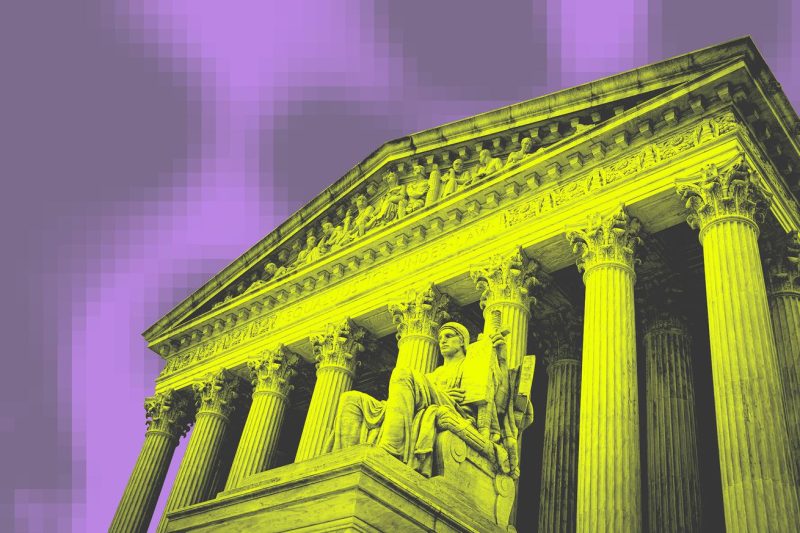In a monumental decision with far-reaching implications, the Supreme Court of the United States is set to determine the future of America’s crucial low-income broadband fund. This landmark case has attracted widespread attention and sparked debates surrounding the digital divide in the country. With millions of low-income households relying on affordable internet access for work, education, and communication, the outcome of this case is poised to significantly impact the lives of countless individuals across the nation.
At the heart of the matter is the question of whether the government has a responsibility to ensure equitable access to broadband services for all citizens, regardless of their socioeconomic status. The low-income broadband fund in question was established to bridge the digital divide by providing subsidies to eligible households, enabling them to afford internet access and stay connected in an increasingly digital world.
Proponents of the fund argue that access to broadband is a fundamental necessity in today’s society, akin to utilities such as water and electricity. They assert that denying low-income individuals access to reliable internet services not only perpetuates existing disparities but also hinders their ability to participate fully in the modern economy. Moreover, proponents contend that expanding broadband access can lead to improved educational outcomes, increased employment opportunities, and enhanced civic engagement.
On the other hand, opponents of the fund raise concerns about the cost and sustainability of such programs. They argue that government intervention in the broadband market could distort competition and stifle innovation. Furthermore, critics contend that public funds should not be used to subsidize private companies and that individuals should bear the full cost of their internet access, much like other goods and services.
The Supreme Court’s decision in this case will therefore have profound implications for the future of low-income broadband access in America. By examining the legal and ethical dimensions of the issue, the Court holds the power to shape national policy on digital inclusion and socioeconomic equality. As the world becomes increasingly interconnected and reliant on digital technologies, ensuring equitable access to broadband is becoming a pressing imperative for policymakers and legislators.
In conclusion, the fate of America’s low-income broadband fund rests in the hands of the highest court in the land. The outcome of this case will not only determine the future of broadband access for millions of low-income Americans but also shed light on the broader challenges of bridging the digital divide in a rapidly evolving digital landscape. As the nation awaits the Supreme Court’s decision, the importance of equitable broadband access as a cornerstone of social and economic opportunity has never been more apparent.

























